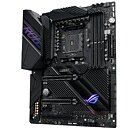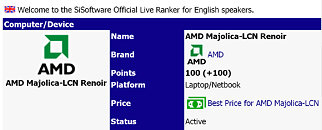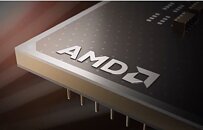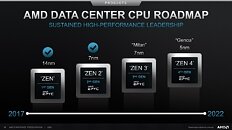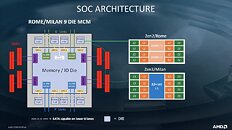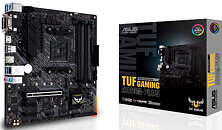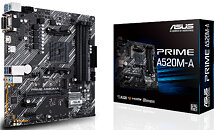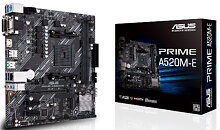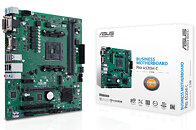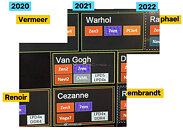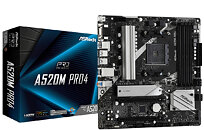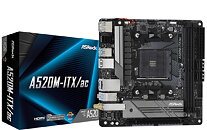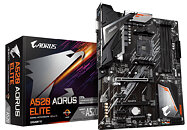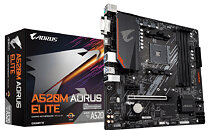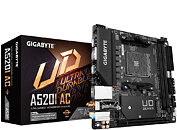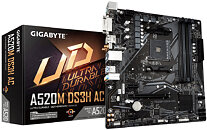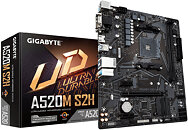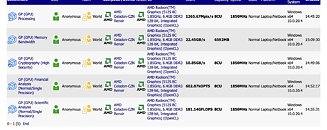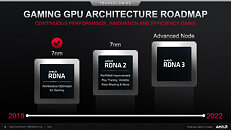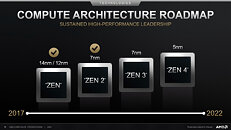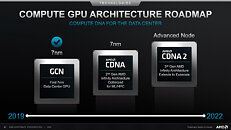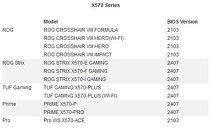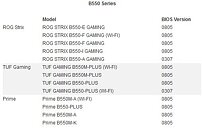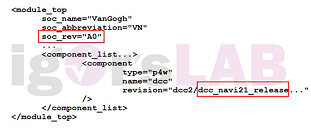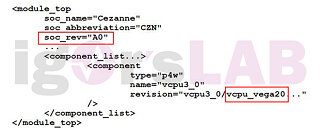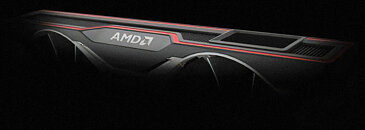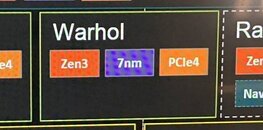
ASUS Also Unveils ROG Strix B550-XE Gaming Motherboard
As we explained in our older article about the new ASUS ROG Crosshair XII Dark Hero, AMD's Ryzen 5000 series Socket AM4 processors based on the "Zen 3" microarchitecture are unlikely to be accompanied by a new chipset, presenting motherboard makers with the opportunity to refresh their AMD 500-series chipset product stacks with new products. ASUS has a new premium product based on the AMD X570, in the form of the ROG Crosshair VIII Dark Hero. The company also unveiled a premium product based on the AMD B550 chipset—the ROG Strix B550-XE Gaming. While the Dark Hero is an incremental upgrade over the original Crosshair VIII Hero while retaining the PCB design, this particular board appears to be largely based on the ROG Strix B550-E Gaming.
ASUS has traditionally used the "XE" brand extension for ROG Strix series motherboard refreshes to denote improved CPU VRM, and this appears to be the case with the B550-XE Gaming, too. The board features a meatier 16-phase CPU VRM, with a more elaborate VRM cooling solution that uses larger heatsinks, which are interconnected by a flat heat-pipe, and unless we're mistaken, a 40 mm fan underneath the rear I/O shroud. The rest of the board's feature-set appears to be identical to that of the B550-E Gaming.
ASUS has traditionally used the "XE" brand extension for ROG Strix series motherboard refreshes to denote improved CPU VRM, and this appears to be the case with the B550-XE Gaming, too. The board features a meatier 16-phase CPU VRM, with a more elaborate VRM cooling solution that uses larger heatsinks, which are interconnected by a flat heat-pipe, and unless we're mistaken, a 40 mm fan underneath the rear I/O shroud. The rest of the board's feature-set appears to be identical to that of the B550-E Gaming.

